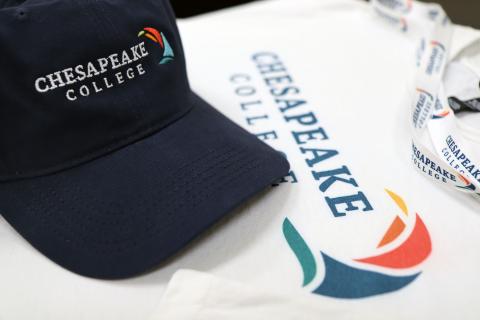Every Thursday, the Spy hosts a conversation with Al From and Craig Fuller on the most topical political news of the moment.
This week, From and Fuller discuss David Brooks’s New York Times op-ed that suggests serious pessimism about his chances of winning reelection as a result of his Gaza policy, persistent consumer inflation, and a new poll showing Biden is losing young voters. Al and Craig also trade thoughts about Speaker of the House Mike Johnson’s ability to keep his job in the face of his fellow conservative House member’s strong objectives to his support of sending aid to Ukraine, Israel, and Taiwan.
This video podcast is approximately 17 minutes in length.
To listen to the audio podcast version, please use this link:
Background
While the Spy’s public affairs mission has always been hyper-local, it has never limited us from covering national, or even international issues, that impact the communities we serve. With that in mind, we were delighted that Al From and Craig Fuller, both highly respected Washington insiders, have agreed to a new Spy video project called “The Analysis of From and Fuller” over the next year.
The Spy and our region are very lucky to have such an accomplished duo volunteer for this experiment. While one is a devoted Democrat and the other a lifetime Republican, both had long careers that sought out the middle ground of the American political spectrum.
Al From, the genius behind the Democratic Leadership Council’s moderate agenda which would eventually lead to the election of Bill Clinton, has never compromised from this middle-of-the-road philosophy. This did not go unnoticed in a party that was moving quickly to the left in the 1980s. Including progressive Howard Dean saying that From’s DLC was the Republican wing of the Democratic Party.
From’s boss, Bill Clinton, had a different perspective. He said it would be hard to think of a single American citizen who, as a private citizen, has had a more positive impact on the progress of American life in the last 25 years than Al From.”
Al now lives in Annapolis and spends his semi-retirement as a board member of the Medill School of Journalism at Northwestern University (his alma mater) and authoring New Democrats and the Return to Power. He also is an adjunct faculty member at Johns Hopkins’ Krieger School and recently agreed to serve on the Annapolis Spy’s Board of Visitors. He is the author of “New Democrats and the Return to Power.”
For Craig Fuller, his moderation in the Republican party was a rare phenomenon. With deep roots in California’s GOP culture of centralism, Fuller, starting with a long history with Ronald Reagan, leading to his appointment as Reagan’s cabinet secretary at the White House, and later as George Bush’s chief-of-staff and presidential campaign manager was known for his instincts to find the middle ground. Even more noted was his reputation of being a nice guy in Washington, a rare characteristic for a successful tenure in the White House.
Craig has called Easton his permanent home for the last eight years, where he now chairs the board of the Chesapeake Bay Maritime Museum and is a former board member of the Academy Art Museum and Benedictine. He also serves on the Spy’s Board of Visitors and writes an e-newsletter available by clicking on DECADE SEVEN.
With their rich experience and long history of friendship, now joined by their love of the Chesapeake Bay, they have agreed through the magic of Zoom, to talk inside politics and policy with the Spy every Thursday.










